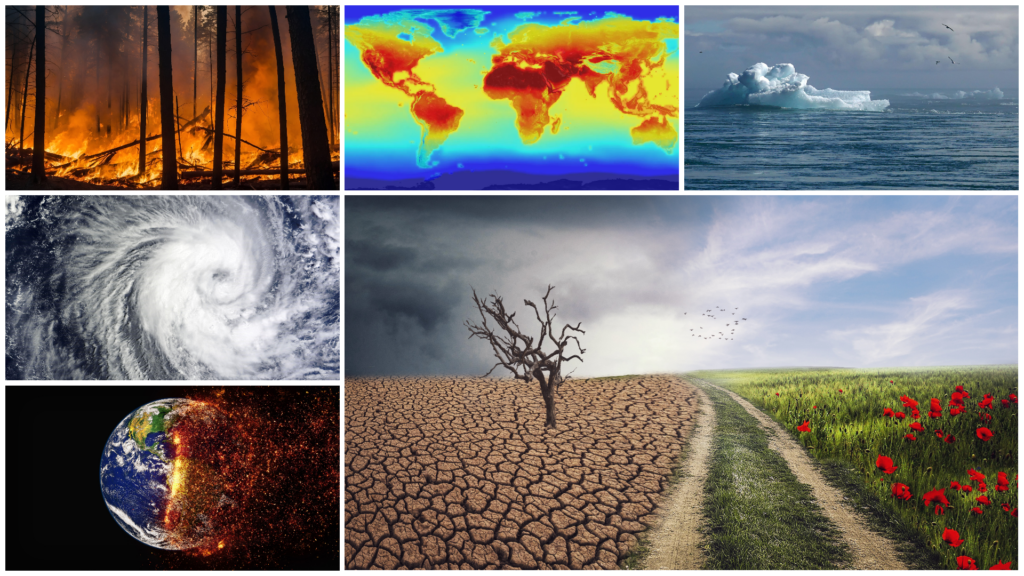Anthropogenic climate change, which manifests among others through changes in temperature and hydroclimate and increased frequency and severity of extreme weather events, is increasingly altering agricultural practices and crop viability, thereby influencing the distribution of fungal pathogens and the occurrence of mycotoxins, such as aflatoxins and fumonisins, both in Europe and globally. The changing environment affects interactions between organisms, promoting the growth of certain toxin-producing fungal species and altering the type and quantity of resulting mycotoxins. Various stages of the fungal life cycle—spore germination, dispersal, growth, and mycotoxin production—are influenced by environmental variables such as temperature, humidity, solar radiation, and rainfall patterns. Consequently, climate change is expected to increase the impact of mycotoxins in agriculture, aquaculture, and subsequently on human and animal health. This project at BOKU-MET, Austria, will focus on the spatio-temporal distribution of climatic conditions favorable for mycotoxin-producing fungal pathogens in Europe. We aim to analyze current patterns, historical changes, and potential future shifts under various climate scenarios following the Shared Socioeconomic Pathways (SSPs). The research will also explore how European fungal biodiversity has evolved, including the emergence of new species driven by climate change, by utilizing extensive observational datasets and climate model simulations, such as ERA-5, CMIP6, and EURO-CORDEX. These models, available through platforms like the Copernicus Climate Data Store and the Earth System Grid Federation (ESGF) node at the German Climate Computing Center (DKRZ), will aid in identifying robust patterns and quantifying uncertainties in future fungal distributions across the set of SSPs.

